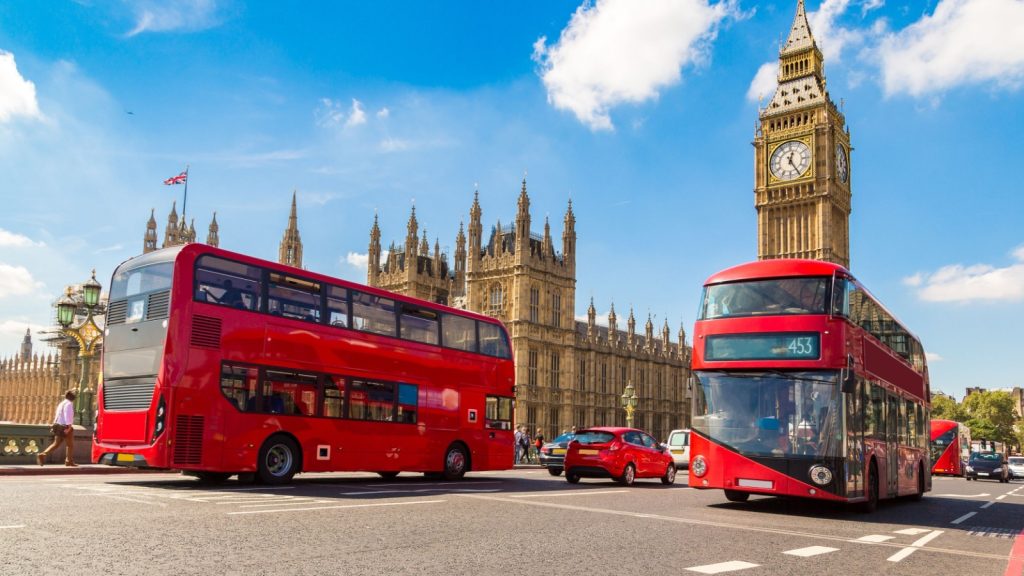Britain’s landscape is dotted with awe-inspiring structures that have stood the test of time, each telling a unique story of our nation’s rich history. From ancient stone circles to modern architectural marvels, these landmarks have become symbols of British identity and culture. They’ve graced countless postcards, featured in films and TV shows, and drawn millions of visitors from around the world. Whether you’re planning a staycation or just fancy a trip down memory lane, these 24 iconic British landmarks are sure to stir up feelings of pride and nostalgia. So grab a cup of tea, put your feet up, and join us on a whistle-stop tour of Britain’s most famous sights.
Stonehenge
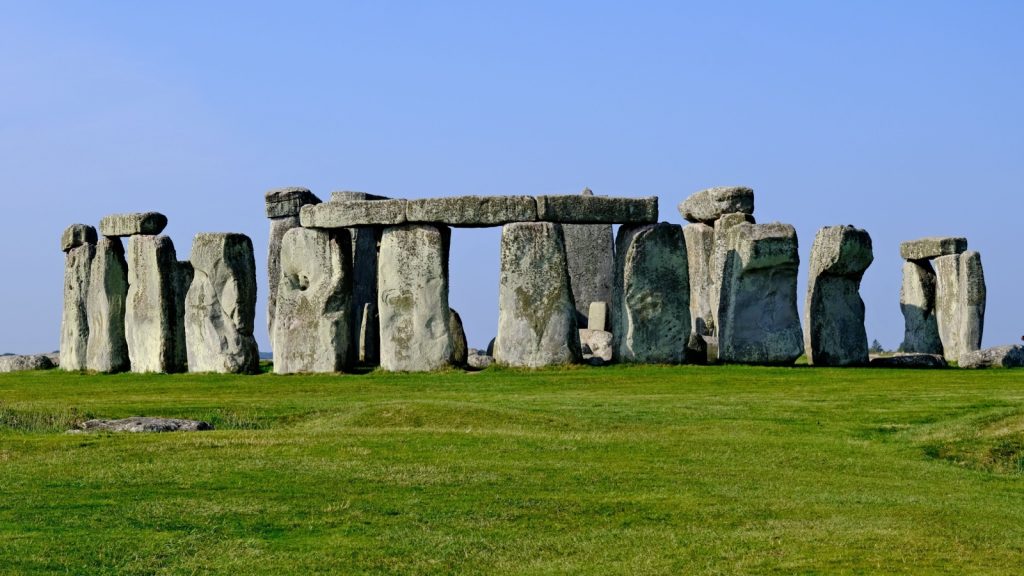
Stonehenge is the granddaddy of British landmarks, a prehistoric monument that has baffled and amazed people for millennia. This circle of massive standing stones, some weighing up to 25 tons, was built between 3000 and 2000 BC. Theories about its purpose range from an ancient healing centre to an astronomical calendar. Whatever its original use, Stonehenge remains a powerful symbol of ancient Britain and a must-see for history buffs.
Big Ben
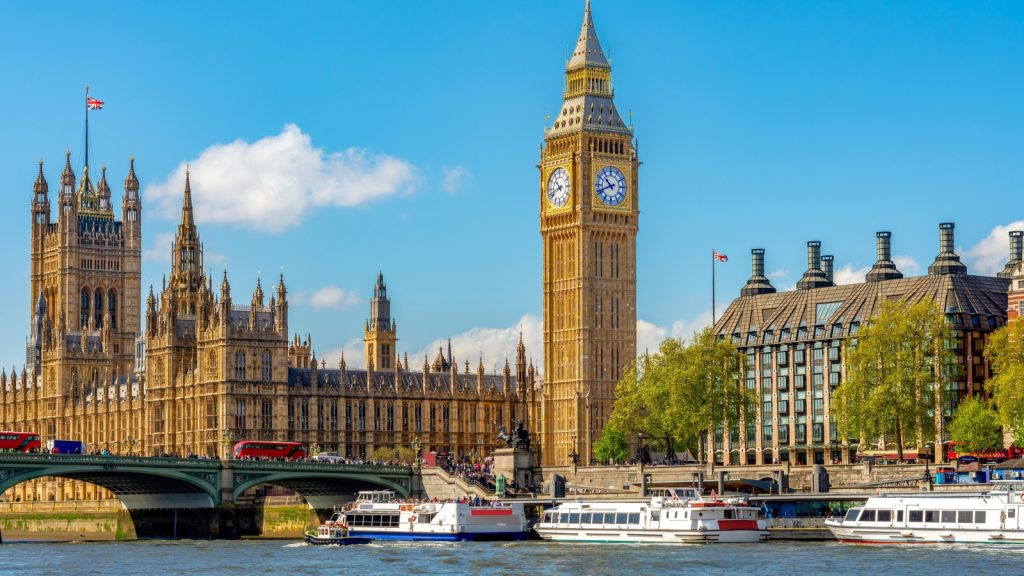
Big Ben is perhaps the most recognisable clock in the world. Actually, ‘Big Ben’ is the nickname for the Great Bell of the clock at the north end of the Houses of Parliament in Westminster, but most people use it to refer to the clock tower itself. Built in 1859, this Gothic Revival masterpiece has kept Londoners on time for over 160 years. Its chimes have become synonymous with British broadcasting, ringing in the New Year and marking important national events.
Tower Bridge
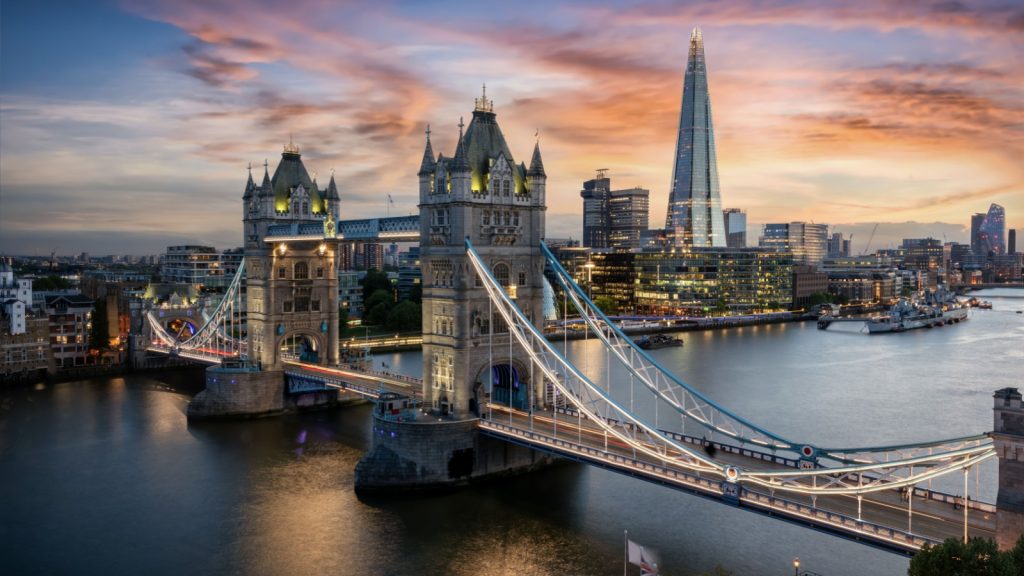
Often mistaken for London Bridge, Tower Bridge is the more photogenic of the two. This combined bascule and suspension bridge, built between 1886 and 1894, spans the River Thames close to the Tower of London. Its Victorian Gothic style and blue and white colour scheme make it one of London’s most striking landmarks. The bridge’s high-level walkways offer breathtaking views of the city, while the Victorian engine rooms showcase the original steam engines that once powered the bridge lifts.
Buckingham Palace
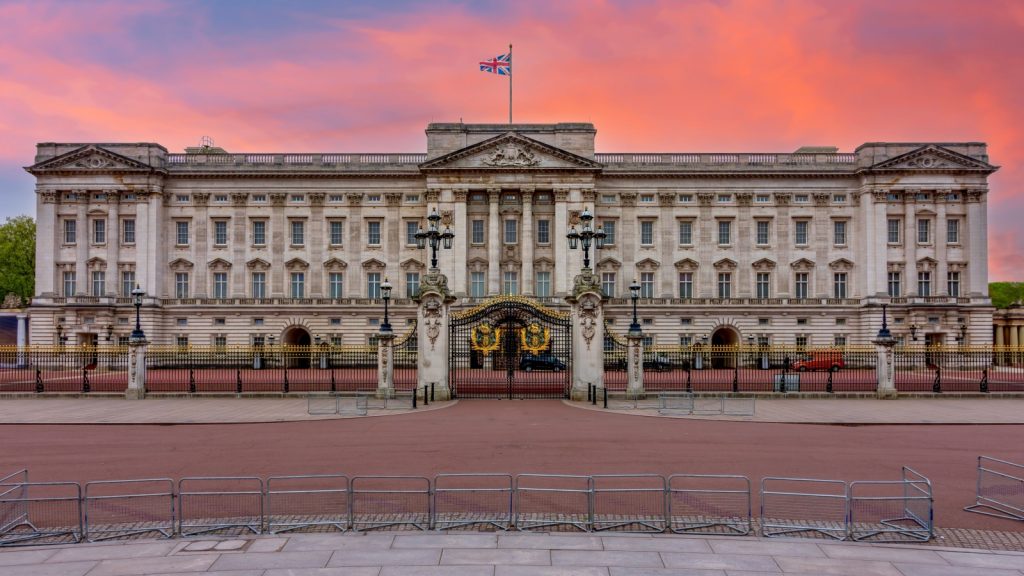
Buckingham Palace has been the official London residence of British monarchs since 1837. This grand neoclassical building, with its 775 rooms and 39-acre garden, is a symbol of the British monarchy. The Changing of the Guard ceremony, where the Old Guard hands over responsibility for protecting the Palace to the New Guard, is a popular tourist attraction. During summer, visitors can tour the State Rooms and see priceless works of art from the Royal Collection.
Edinburgh Castle
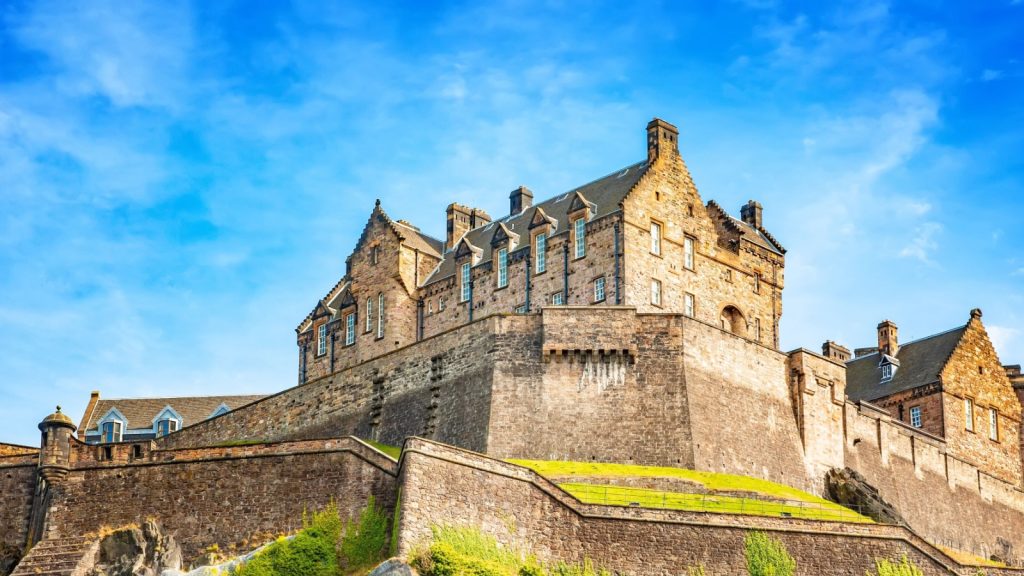
Perched atop Castle Rock, Edinburgh Castle dominates the skyline of Scotland’s capital. This historic fortress has been a royal castle since the 12th century and has played a pivotal role in Scottish history. The castle houses the Honours of Scotland (the Scottish Crown Jewels) and the Stone of Destiny, used in the coronation of Scottish monarchs. The One O’Clock Gun, fired daily at 1 pm (except Sundays), is a tradition dating back to 1861.
The Roman Baths
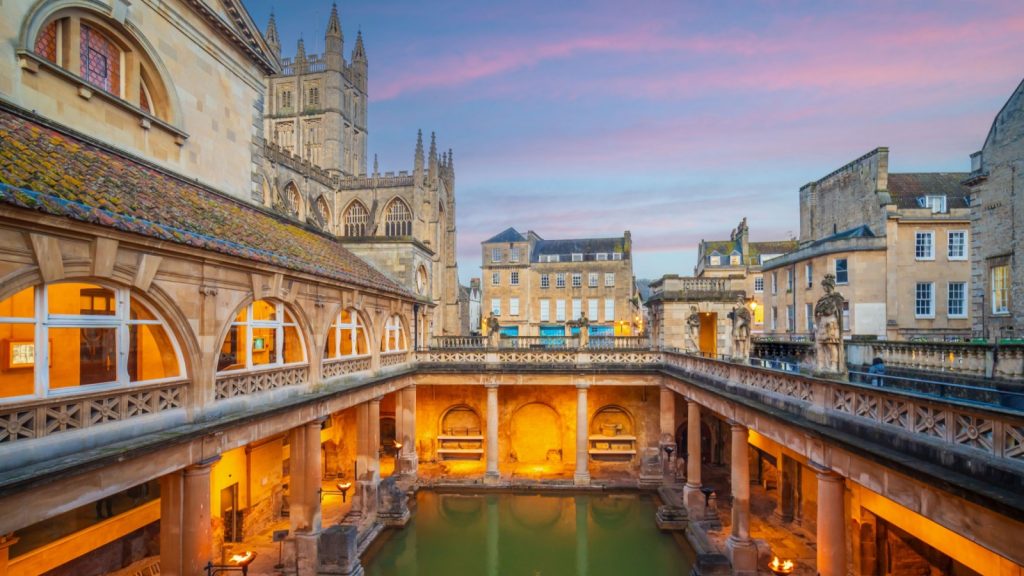
The Roman Baths in Bath are one of the best-preserved Roman remains in the world. Built around 70 AD, these baths were a place for public bathing and socialising. The Great Bath, lined with 45 sheets of lead and filled with hot spring water, is the centrepiece of the complex. While you can’t bathe in the ancient baths anymore, you can sample the mineral-rich water in the Pump Room restaurant.
Giant’s Causeway
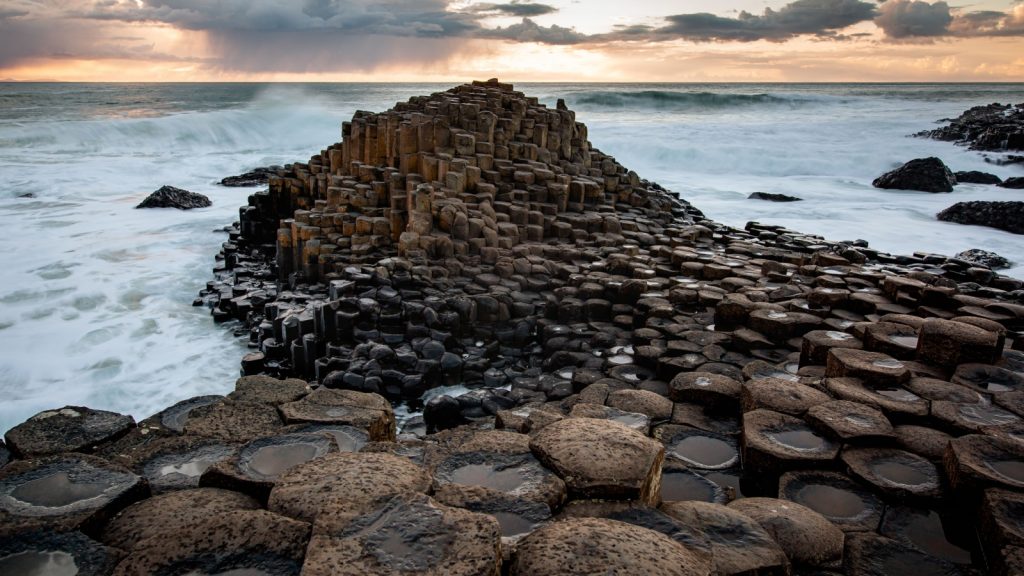
The Giant’s Causeway on the north coast of Northern Ireland is a geological wonder. This area of about 40,000 interlocking basalt columns is the result of an ancient volcanic eruption. According to legend, it was built by the giant Finn MacCool as a pathway to Scotland. The unique hexagonal shape of the columns has made this UNESCO World Heritage site one of the most photographed natural phenomena in the UK.
Westminster Abbey
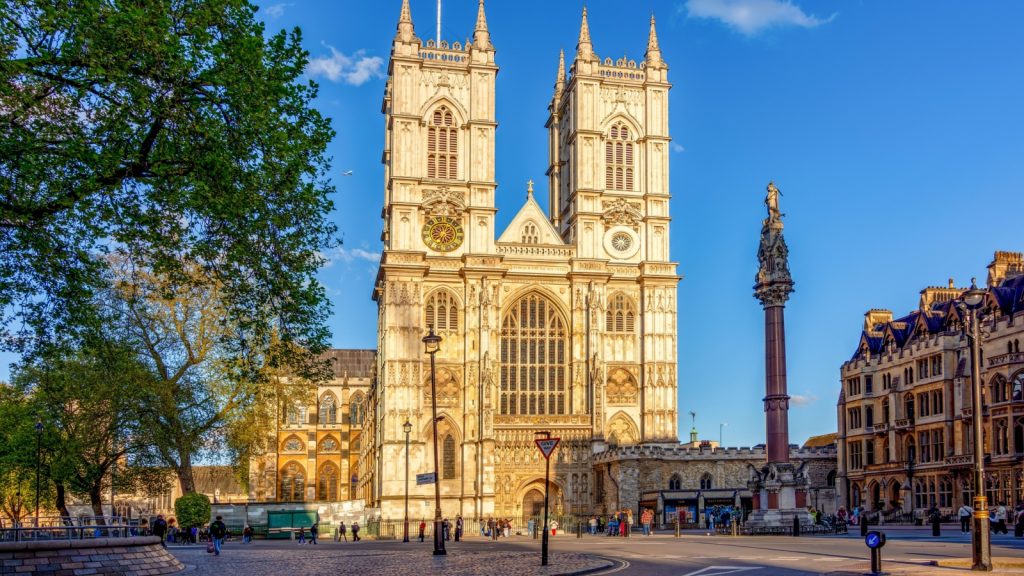
Westminster Abbey has been the coronation church since 1066 and is the final resting place of 17 monarchs. This Gothic church is not just a place of worship, but a living pageant of British history. From the Coronation Chair to Poets’ Corner, where many of Britain’s greatest writers are buried or commemorated, every corner of the Abbey tells a story. The intricate fan-vaulted ceiling of the Henry VII Chapel is a masterpiece of Tudor architecture.
Tower of London
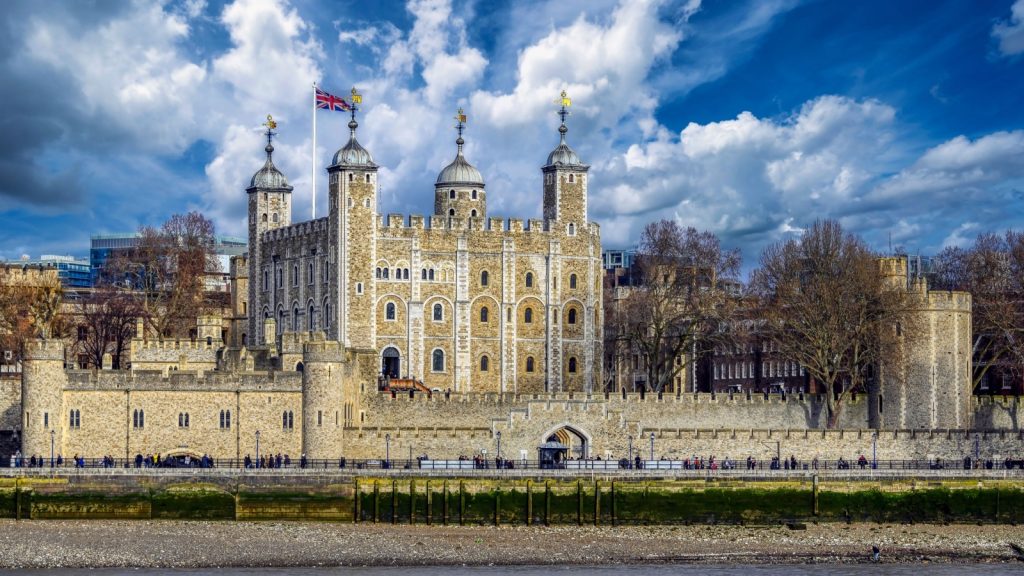
The Tower of London has played many roles over its 900-year history – fortress, palace, prison, mint, and zoo. Today, it’s home to the Crown Jewels and the famous Yeoman Warders (or ‘Beefeaters’). The White Tower, built by William the Conqueror in 1078, is the oldest part of the complex. The legend of the ravens adds a touch of mystery – it’s said that if the six resident ravens ever leave the Tower, the kingdom will fall.
Hadrian’s Wall
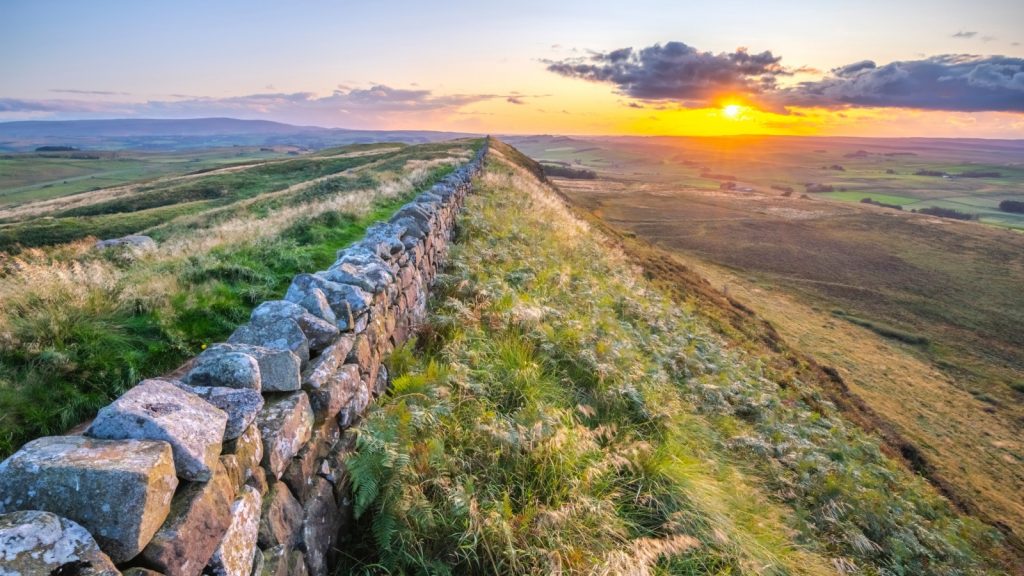
Stretching 73 miles from coast to coast, Hadrian’s Wall was the north-west frontier of the Roman empire for nearly 300 years. Built by order of Emperor Hadrian in AD 122, the wall took 6 years to complete. Today, you can walk alongside the wall, explore the remains of Roman forts and settlements, and imagine what life was like for the soldiers stationed at this remote outpost of the empire.
The Shard
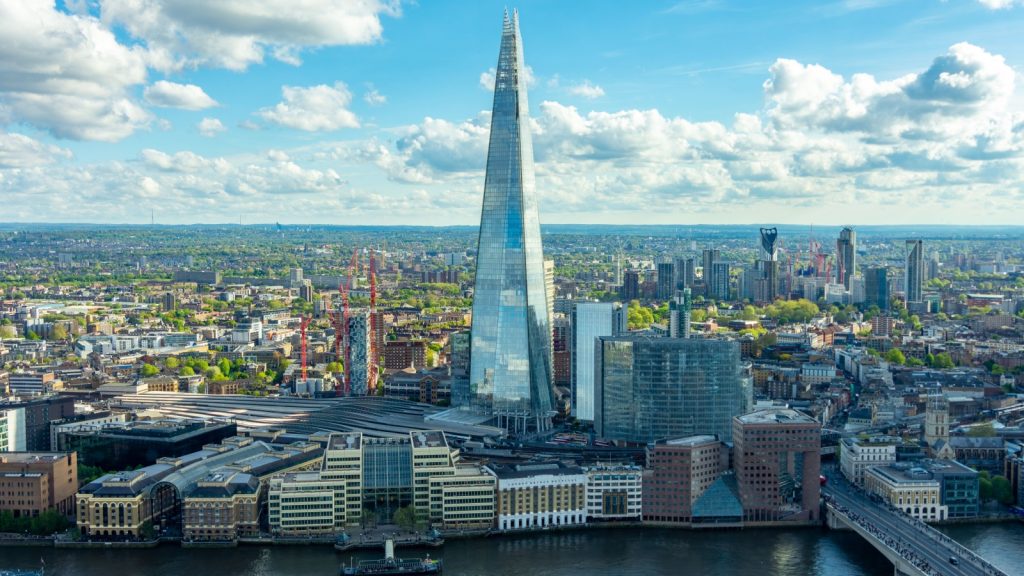
The Shard is a modern addition to London’s skyline, but it’s quickly become an iconic landmark. At 309.6 metres (1,016 ft) high, it’s the tallest building in the UK and the European Union. The glass-clad pyramidal tower, completed in 2012, houses offices, restaurants, and a public viewing gallery. From the top, you can see up to 40 miles away on a clear day – almost all the way to France!
Angel of the North
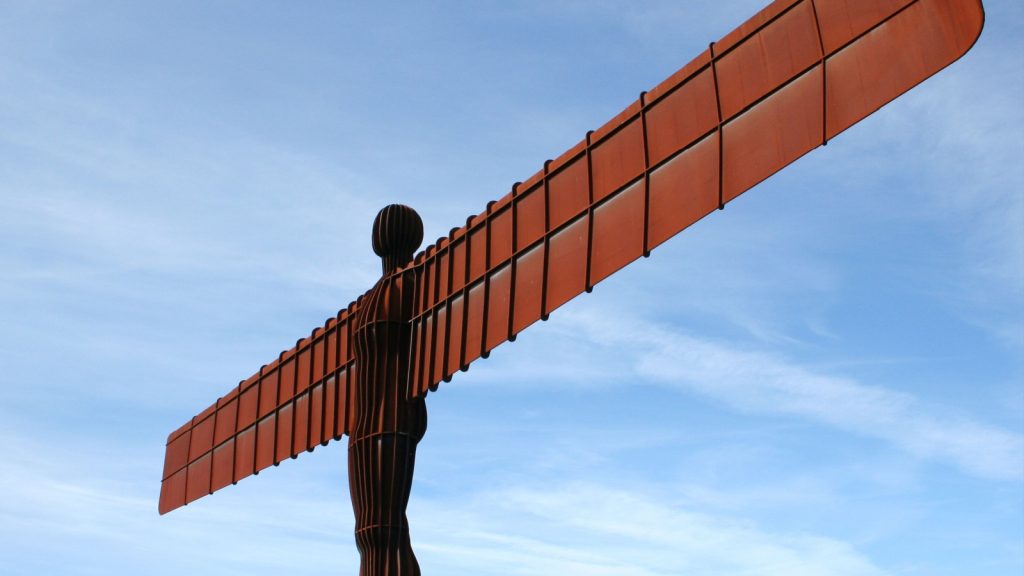
The Angel of the North, designed by Antony Gormley, stands 20 metres tall with wings measuring 54 metres across. This steel sculpture, erected in 1998 near Gateshead, has become a beloved symbol of the North East. It’s said to be seen by one person every second, 90,000 every day or 33 million every year. The Angel is a powerful example of how public art can transform a landscape and capture the imagination of a nation.
Blackpool Tower
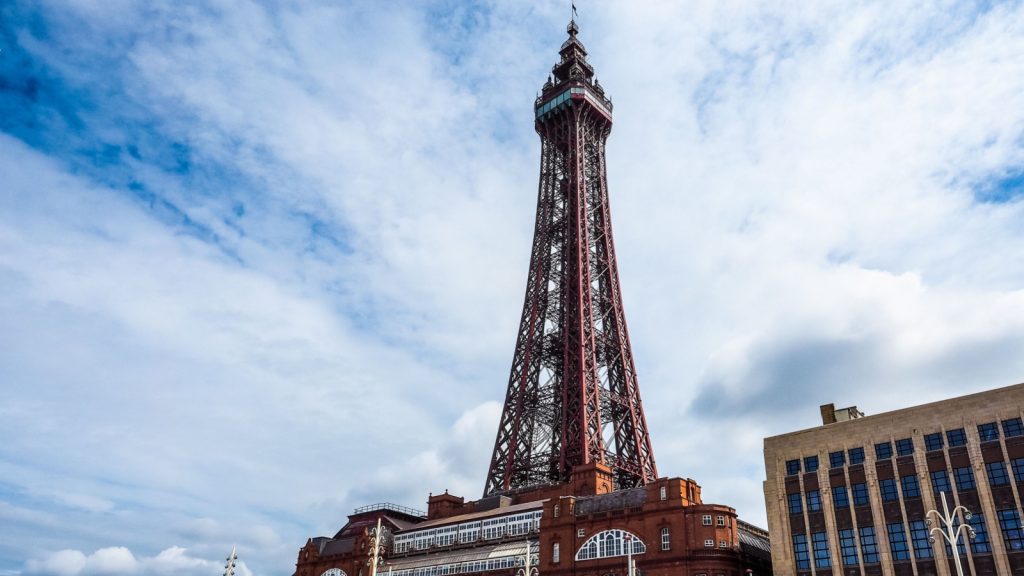
Inspired by the Eiffel Tower, Blackpool Tower has been a fixture of the Lancashire seaside since 1894. Standing at 158 metres tall, it offers panoramic views of the North West coast. The Tower Ballroom, with its spectacular architecture and famous Wurlitzer organ, has been the home of ballroom dancing in the UK for over a century. For many, the tower is synonymous with British seaside holidays and end-of-the-pier entertainment.
The Forth Bridge
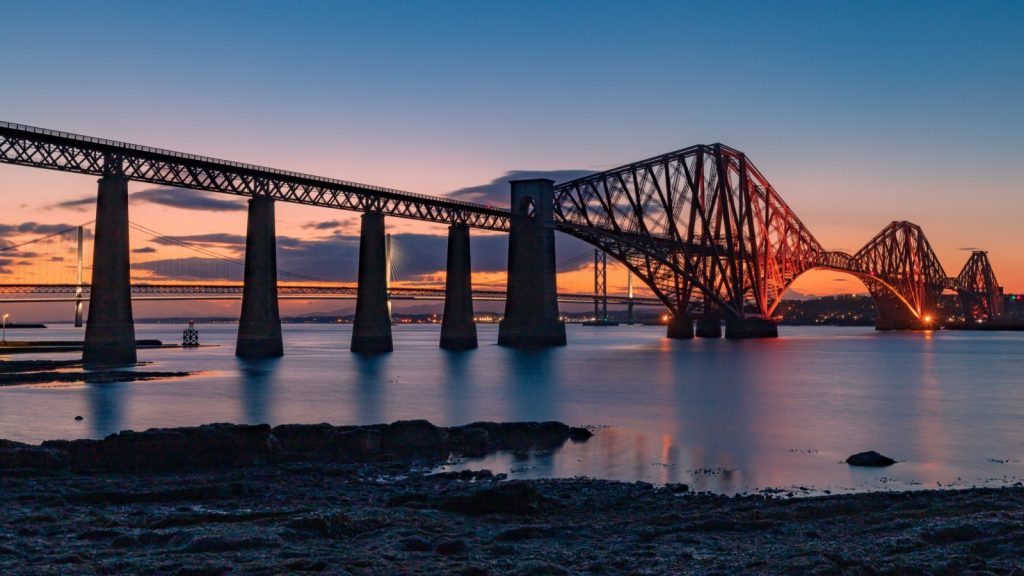
The Forth Bridge, spanning the Firth of Forth in Scotland, is a marvel of Victorian engineering. This distinctive red cantilever railway bridge, opened in 1890, stretches for 2.5 km and uses 53,000 tonnes of steel. Its image has become so iconic that “painting the Forth Bridge” is a popular expression for a never-ending task – although modern paint technology means it now only needs repainting every 20 years or so.
Loch Ness
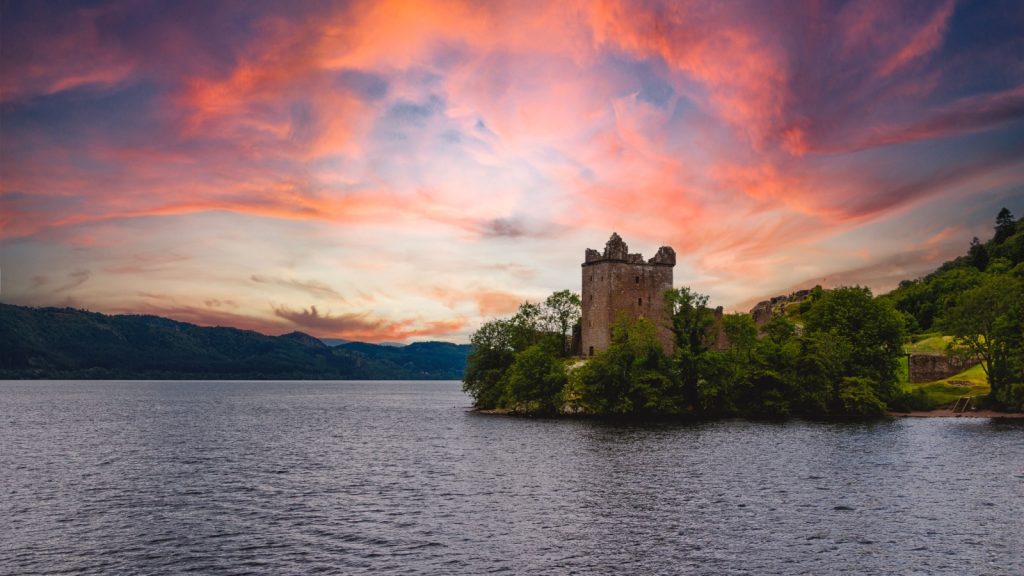
While not a man-made landmark, Loch Ness is undoubtedly one of Britain’s most famous natural features. This deep, freshwater loch in the Scottish Highlands is best known for alleged sightings of the cryptozoological Loch Ness Monster, affectionately known as “Nessie”. The loch itself is impressive, containing more fresh water than all the lakes in England and Wales combined. Urquhart Castle, on the western shore, adds a touch of history to the stunning scenery.
The White Cliffs of Dover
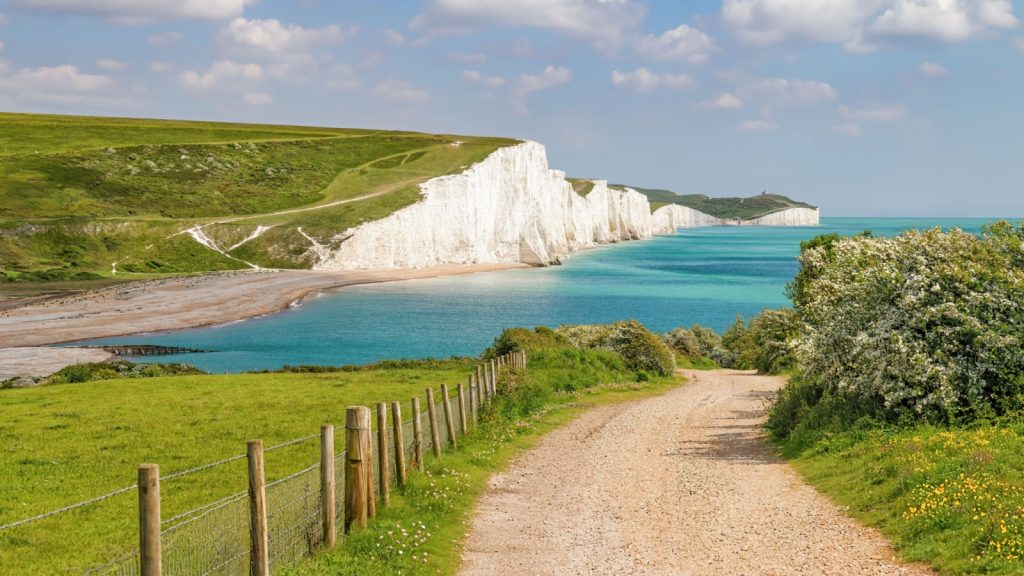
The White Cliffs of Dover have been a symbol of home and freedom for centuries. These striking chalk cliffs, facing France across the narrowest part of the English Channel, reach up to 350 feet high. They’ve played a crucial role in Britain’s history, from repelling invasions to welcoming home troops in wartime. The cliffs are also home to a diverse ecosystem, including the rare chalkhill blue butterfly.
St Paul’s Cathedral
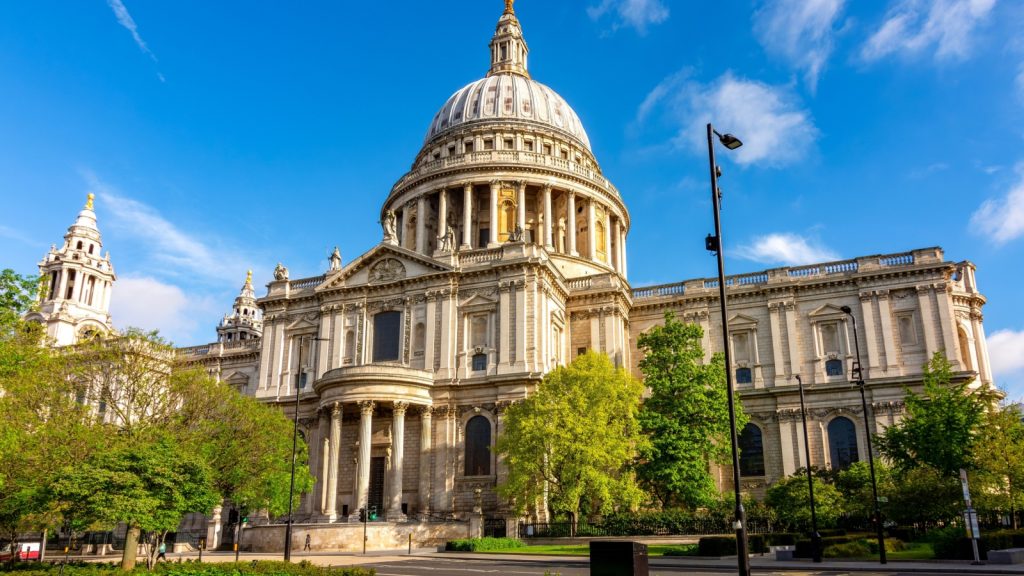
St Paul’s Cathedral, with its world-famous dome, is an enduring symbol of London’s resilience. Designed by Sir Christopher Wren after the Great Fire of London, it’s survived the Blitz and remained a beacon of hope for Londoners. The Whispering Gallery, 30 metres above the Cathedral floor, is famous for its acoustic properties – a whisper against its walls can be heard on the opposite side.
The London Eye
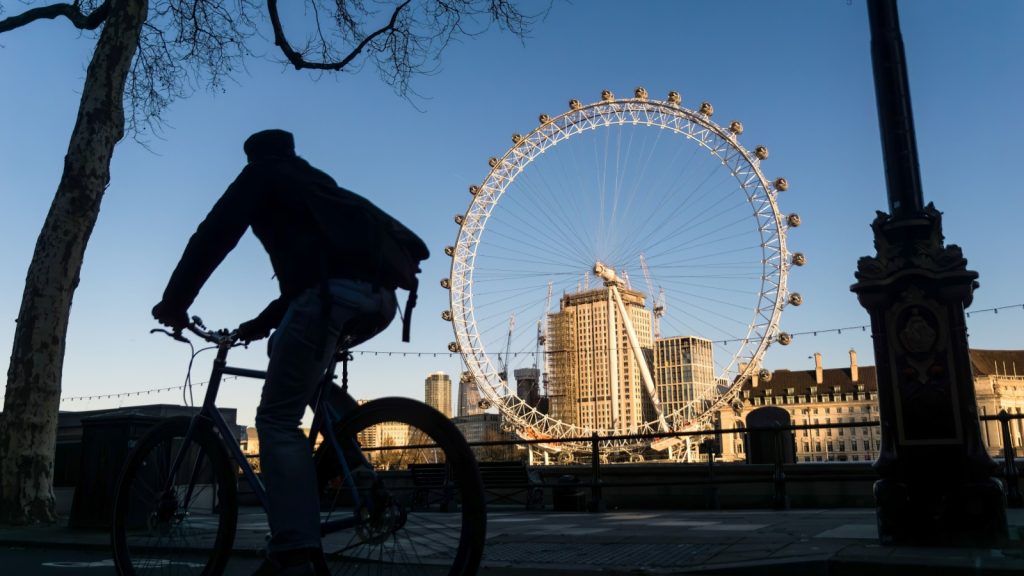
The London Eye has become one of the capital’s most popular attractions since opening in 2000. This giant Ferris wheel on the South Bank of the Thames offers unparalleled views of London. At 135 metres high, it was the world’s tallest cantilevered observation wheel when it opened (now surpassed by the High Roller in Las Vegas). A full rotation takes about 30 minutes, giving passengers plenty of time to spot London’s landmarks.
Snowdon
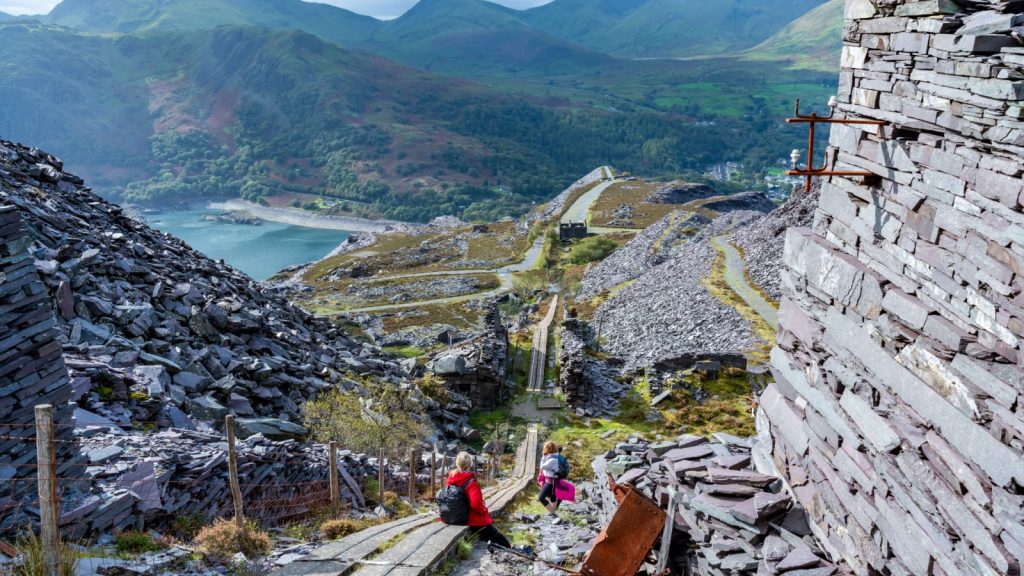
Snowdon, or Yr Wyddfa in Welsh, is the highest mountain in Wales at 1,085 metres above sea level. It’s one of the most popular mountains for hikers in Britain, with an estimated 582,000 people visiting annually. For those less inclined to hike, the Snowdon Mountain Railway offers a scenic ride to the summit. On a clear day, you can see as far as Ireland from the top.
Glastonbury Tor
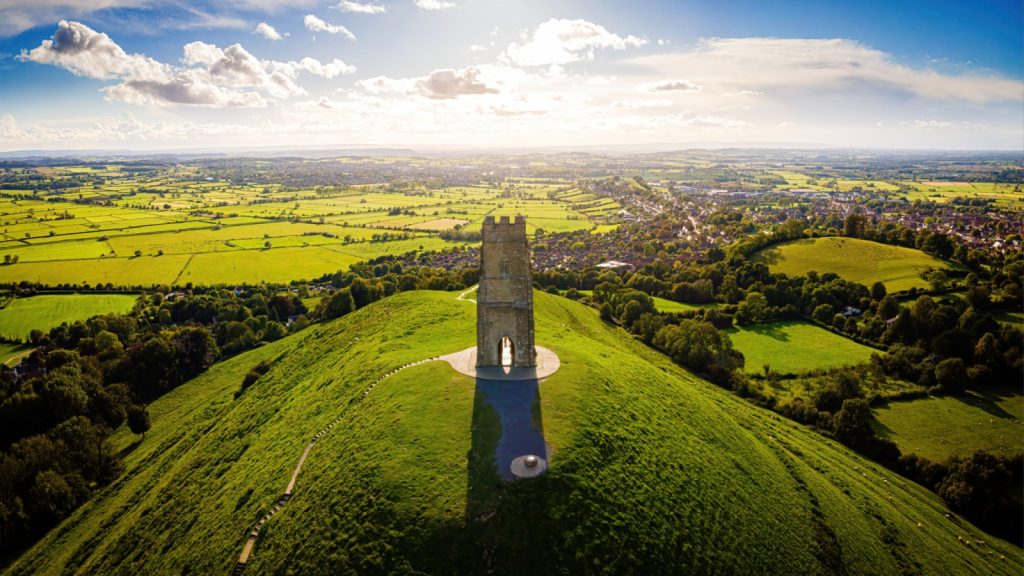
Glastonbury Tor is a hill near Glastonbury in Somerset, topped by the roofless St Michael’s Tower. This iconic landmark has been linked with numerous legends, including claims that it was the Isle of Avalon from Arthurian legend. The terraces on its slopes are believed to form a medieval labyrinth. Whether you believe the myths or not, the views from the top are truly magical.
The Eden Project
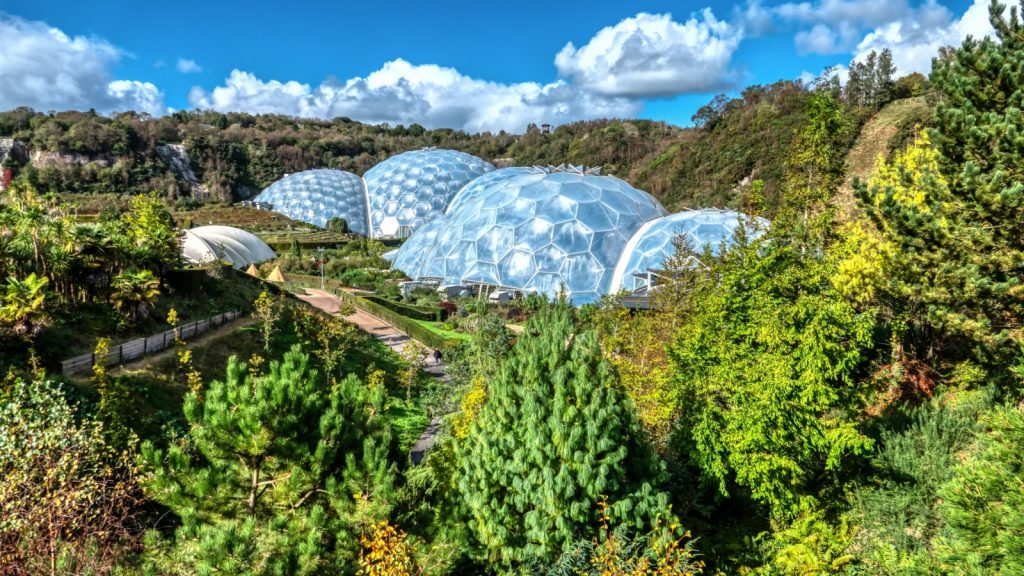
The Eden Project in Cornwall is a more recent addition to Britain’s landmark list, but it’s no less impressive. This series of massive Biomes houses the largest rainforest in captivity, along with plants from diverse climates and environments. Opened in 2001, it’s become one of the UK’s most popular visitor attractions, combining education about the natural world with a unique, futuristic aesthetic.
Clifton Suspension Bridge
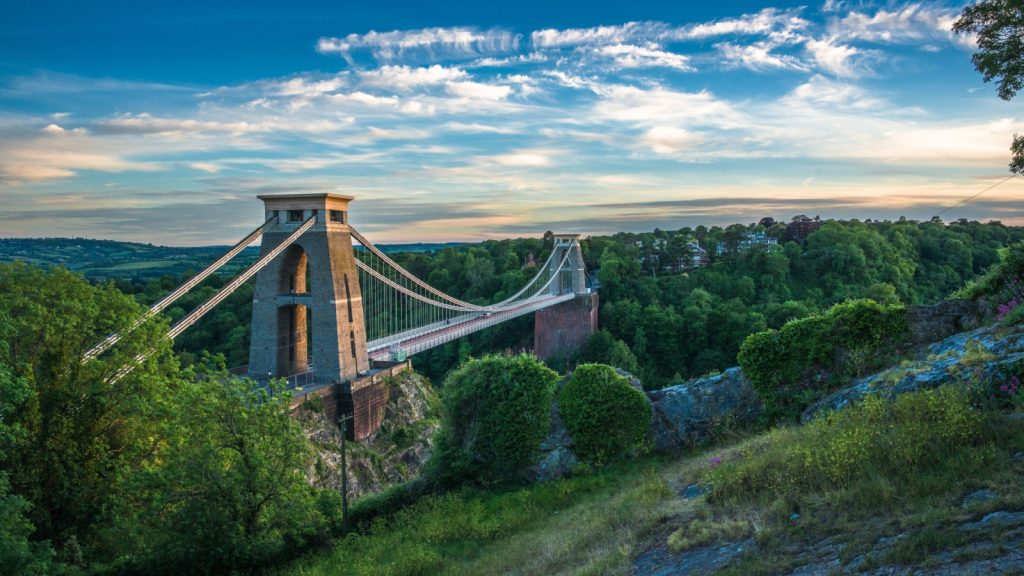
The Clifton Suspension Bridge, spanning the Avon Gorge in Bristol, is one of Isambard Kingdom Brunel’s most famous designs. Opened in 1864, it’s been a symbol of Bristol for over 150 years. The bridge is not just beautiful – it’s also an engineering marvel, using an innovative method of constructing the towers that was cutting-edge for its time. At night, when it’s illuminated, it’s a truly spectacular sight.
York Minster
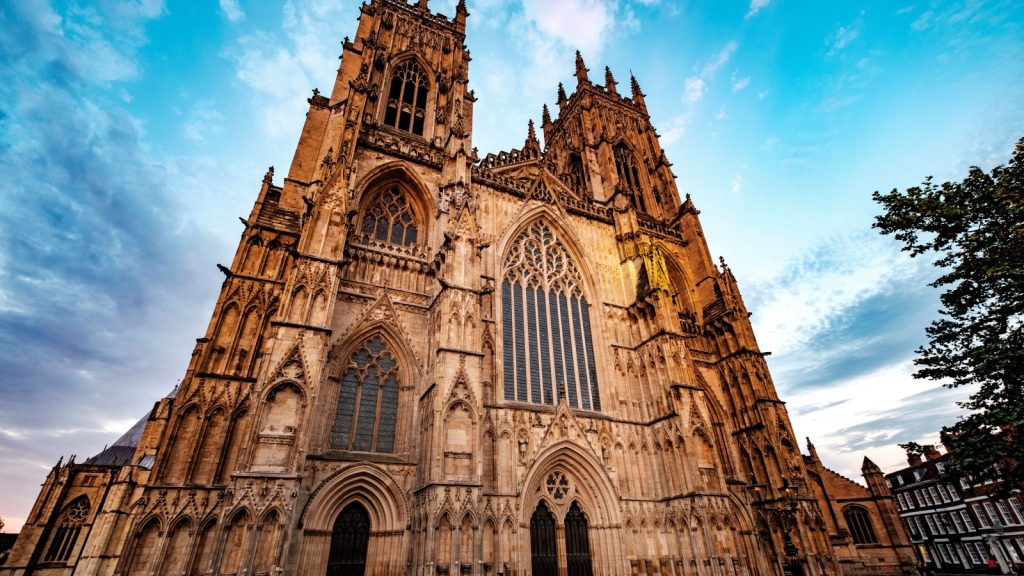
York Minster is one of the world’s most magnificent cathedrals and a treasure house of 800 years of stained glass. It took 250 years to build, from 1220 to 1472, and is one of the finest examples of Gothic architecture in Europe. The Great East Window, completed in 1408, is the largest expanse of medieval stained glass in the world. Climbing the central tower offers breathtaking views over the historic city of York.
The Kelpies
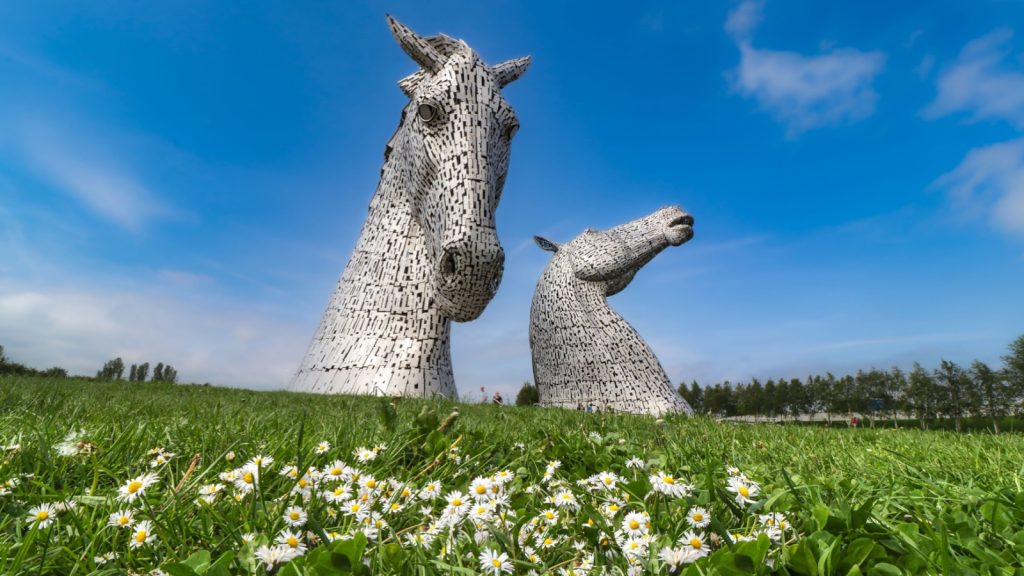
The Kelpies are the largest equine sculptures in the world, standing at 30 metres high. Located near Falkirk in Scotland, these steel horse-head sculptures were completed in 2013 as a monument to horse-powered heritage across Scotland. Illuminated at night, they create a stunning spectacle and have quickly become one of Scotland’s most photographed landmarks. They’re a brilliant example of how modern public art can become an instant cultural icon.
21 Things Pilots Are Forbidden to Do During Flights

Have you ever wondered what rules pilots must follow while they’re in the cockpit? Being a pilot is a job that comes with a lot of responsibility and a strict set of rules to ensure the safety of everyone on board.
These rules ensure that pilots maintain the highest standards of safety and professionalism while flying. By adhering to these guidelines, they help ensure that every flight reaches its destination safely.
Read More: 21 Things Pilots Are Forbidden to Do During Flights
Katy Willis is a writer, master herbalist, master gardener, and certified canine nutritionist who has been writing since 2002. She’s finds joy in learning new and interesting things, and finds history, science, and nature endlessly fascinating.
